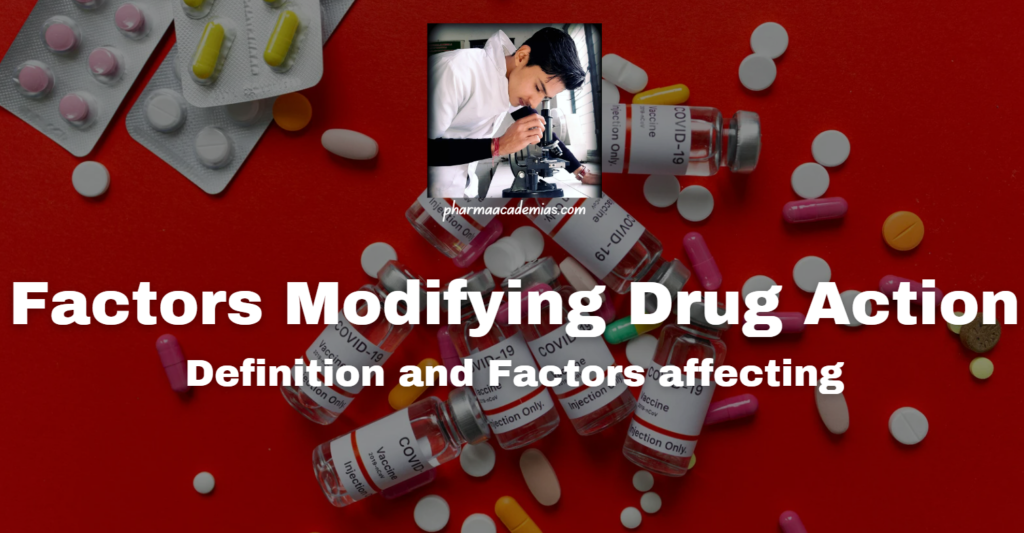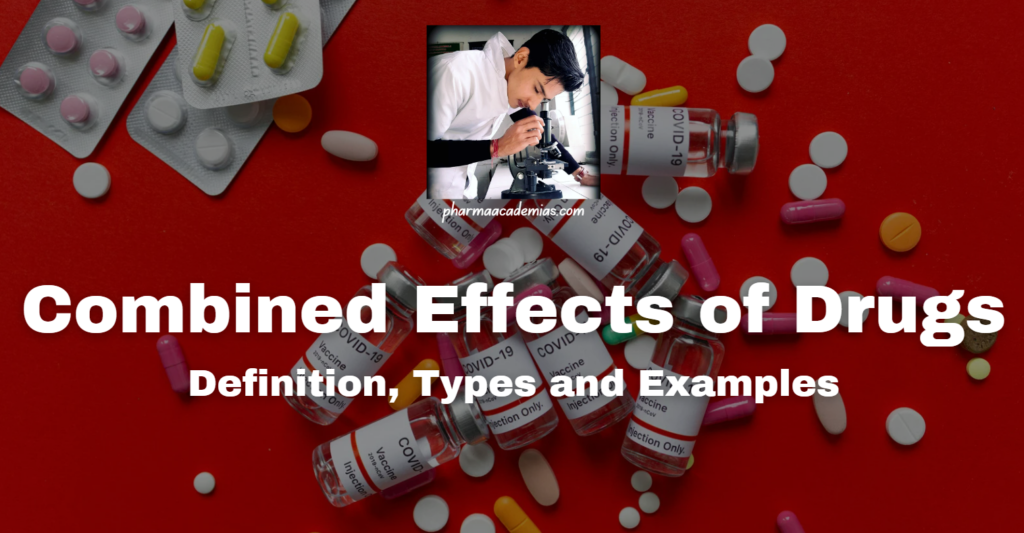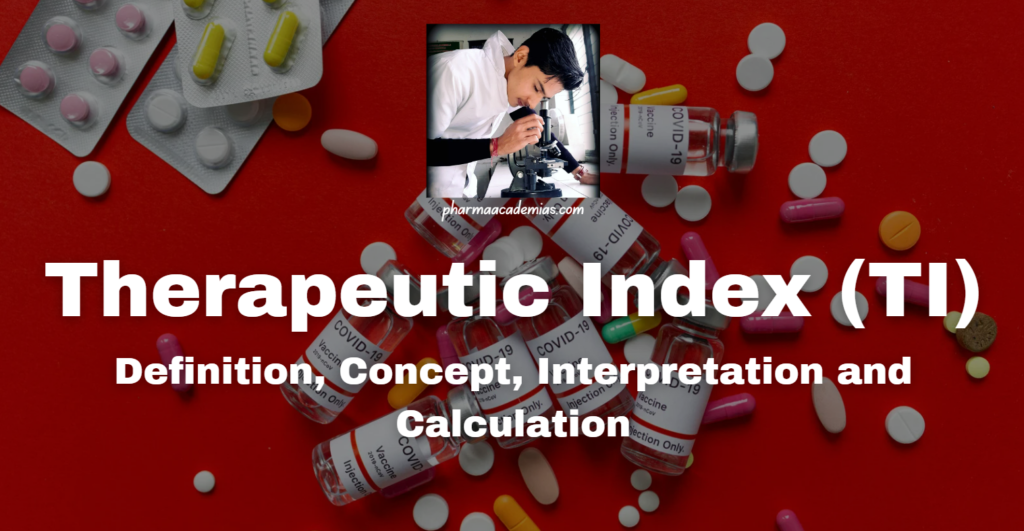The action of a drug within the body can be influenced by various factors that modify its pharmacokinetics (absorption, distribution, metabolism, excretion) and pharmacodynamics (interaction with target receptors or enzymes). Understanding these factors is crucial for optimizing drug therapy and ensuring patient safety. Physiological Factors – Age: Age-related changes in metabolism, organ function, and drug […]
Month: March 2024
The combined effects of drugs, also known as drug interactions, occur when two or more drugs are taken together, altering their individual effects on the body. These interactions can lead to enhanced therapeutic effects, diminished efficacy, or an increased risk of adverse reactions. Understanding drug interactions is crucial for healthcare professionals to ensure patient safety […]
The therapeutic index (TI), also known as the therapeutic window, is a critical pharmacological parameter used to assess the safety and efficacy of a drug. It quantifies the relative safety of a medication by comparing the dose required to produce therapeutic effects with the dose that causes toxicity. In this detailed note, we will explore […]
The dose-response relationship is a fundamental concept in toxicology, pharmacology, and many other scientific fields. It describes the relationship between the amount of a substance (the dose) an organism is exposed to and the resulting effect (the response). By understanding this relationship, scientists can determine safe and effective doses of medications, assess the risks of […]
Transmembrane receptors that bind to Janus kinases (JAKs) and subsequently activate Signal Transducers and Activators of Transcription (STAT) proteins play a pivotal role in regulating gene expression and various cellular processes. In this detailed note, we’ll explore the structure, function, signaling mechanisms, and pharmacological significance of these receptors, as well as other receptors that directly […]
Transmembrane enzyme-linked receptors are a class of cell surface receptors characterized by their ability to directly phosphorylate intracellular signaling proteins upon ligand binding. These receptors play critical roles in mediating various cellular responses, including growth, differentiation, and metabolism. In this detailed note, we will explore the structure, function, signaling mechanisms, regulation, and pharmacological importance of […]
Ion channel receptors are integral membrane proteins that play crucial roles in mediating the flow of ions across cell membranes in response to specific ligand binding. These receptors are involved in various physiological processes, including synaptic transmission, muscle contraction, sensory perception, and cell signaling. In this detailed note, we’ll explore the structure, function, classification, and […]
G-protein-coupled receptors (GPCRs) represent the largest family of cell surface receptors, playing crucial roles in mediating cellular responses to a diverse array of extracellular signals. These receptors are involved in numerous physiological processes, including sensory perception, neurotransmission, hormone signaling, immune response, and cell growth. Here, we delve into the intricate details of GPCRs, covering their […]
Drug-receptor interactions and signal transduction mechanisms are fundamental concepts in pharmacology, elucidating how drugs interact with receptors to initiate cellular responses. This detailed note explores the intricate processes involved in drug-receptor interactions and subsequent signal transduction mechanisms: Drug-Receptor Interactions 1. Lock-and-Key Model: The lock-and-key model describes the specificity of drug-receptor interactions, where drugs (keys) bind […]
Regulation of receptors
Regulation of receptors refers to the processes by which cells modulate the expression, localization, activity, and responsiveness of receptors to ligands, influencing cellular signaling and physiological responses. Receptor regulation plays a pivotal role in maintaining homeostasis, adapting to changing environmental conditions and ensuring proper cellular function. The intricate mechanisms involved in receptor regulation contribute to […]










